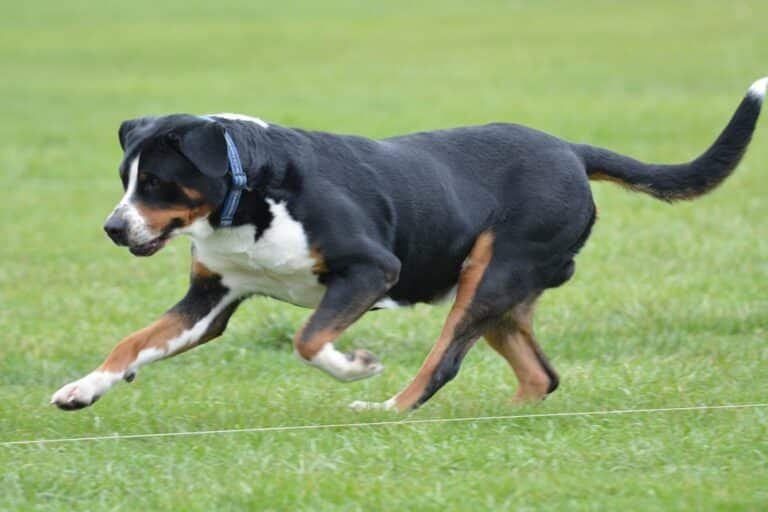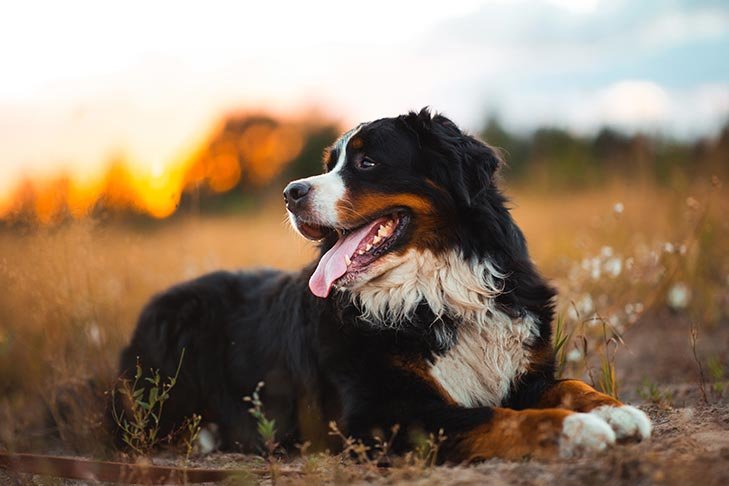
Stay Connected with Us!
Join our communities for the latest updates, tips and earning opportunities:
Greater Swiss Mountain Dog: A Comprehensive Guide
The Greater Swiss Mountain Dog (GSMD) is a majestic breed known for its versatility, strength, and companionship. With deep roots in Switzerland, this breed has earned a reputation for being a reliable working dog and a loving family pet. In this detailed guide, we’ll explore their history, physical attributes, temperament, training needs, and much more.
Table of Contents
ToggleHistory and Origin
The Greater Swiss Mountain Dog is one of four ancient Swiss breeds, believed to have descended from Roman war dogs brought to Switzerland over 2,000 years ago. Originally used for guarding livestock, pulling carts, and assisting with farm work, they nearly faced extinction in the 19th century. Their resurgence began in the early 20th century, when Albert Heim, a Swiss canine expert, helped formalize their breed standards
Physical Appearance
- Size: GSMDs are among the largest Swiss breeds. Males range from 105-140 pounds and 25-28.5 inches in height, while females weigh 85-110 pounds and measure 23-27 inches.
- Coat and Colors: They have a short, dense double coat with a tri-color pattern: black, rust, and white.
- Distinctive Features: A robust frame, expressive dark brown eyes, and a broad, symmetrical face make them stand out
Temperament
This breed is known for its affectionate and even-tempered nature. GSMDs thrive on human interaction and are protective of their families. They are intelligent, confident, and social dogs, making them great companions for families with children. However, they may be reserved with strangers
Exercise Requirements
Despite their size, Greater Swiss Mountain Dogs require moderate daily exercise. Activities like walking, hiking, or playing fetch are ideal. They enjoy structured tasks like cart-pulling or agility training, which engage both their minds and bodies
Recommended Activities:
- Two 30-minute walks daily
- Outdoor play in a secure yard
- Mental stimulation through training sessions or puzzle toys
Grooming Needs
- Shedding: GSMDs are moderate shedders. Weekly brushing is sufficient, but during shedding seasons, brushing twice a week helps control fur.
- Bathing: Bathe only when necessary, as frequent washing can strip natural oils.
- Nail Trimming and Ear Cleaning: Regular grooming includes trimming nails and cleaning ears to prevent infections.

Training Tips
Greater Swiss Mountain Dogs are intelligent but can be stubborn. Positive reinforcement is the best approach. Start training early to establish good behaviors and prevent dominance issues. Socialization during puppyhood ensures they grow into well-mannered adults
Training Essentials:
- Obedience commands like sit, stay, and come
- Crate training for housebreaking
- Leash training to prevent pulling
Diet and Nutrition
A balanced diet is crucial for the health of GSMDs. Choose high-quality dog food with appropriate protein and fat levels to support their active lifestyle. Divide meals into two portions to minimize the risk of bloat, a common issue in this breed
Suggested Diet:
- Protein: 22-24% for growth and maintenance
- Carbs: Limited to prevent weight gain
- Supplements: Omega-3 fatty acids for coat health
Health Concerns
Like all large breeds, GSMDs are prone to certain genetic and lifestyle-related conditions:
- Hip and Elbow Dysplasia: Joint malformations causing mobility issues.
- Bloat (Gastric Torsion): A life-threatening condition requiring immediate attention.
- Osteochondrosis Dissecans (OCD): A cartilage development issue in young dogs.
Regular vet check-ups and preventive care are vital to ensure long-term health
Life Expectancy
The average lifespan of a Greater Swiss Mountain Dog is 8-11 years. Proper care, a nutritious diet, and regular exercise can help maximize their lifespan and quality of life
Suitability for Different Environments
GSMDs adapt best to homes with ample space, such as houses with yards. They may struggle in apartments due to their size and energy needs. Their protective instincts make them excellent watchdogs, but they are not ideal for extremely hot climates due to their dense coats.
Roles and Jobs
Historically bred as working dogs, GSMDs excel in various roles:
- Cart-Pulling: They have a natural aptitude for pulling weights.
- Search-and-Rescue: Their intelligence and stamina make them ideal for rescue missions.
- Companionship: With their friendly demeanor, they are perfect family pets.

Conclusion
The Greater Swiss Mountain Dog is a blend of strength, loyalty, and affection. Their rich history and diverse capabilities make them a unique choice for those seeking a devoted companion or working dog. With proper care and attention, GSMDs can thrive as integral members of a family.
For further information, check out these trusted resources:
FAQs
Are GSMDs good with children?
Yes, their patient and protective nature makes them excellent companions for children.How much exercise do they need?
At least 60 minutes of daily activity, including walks and playtime.Do they bark a lot?
They are moderate barkers and usually vocalize to alert their owners.Can GSMDs live in apartments?
They are better suited for homes with yards but can adapt if sufficiently exercised.What is the average cost of owning one?
Expect initial costs of $1,500-$3,000 for a puppy, plus $1,000 annually for food, grooming, and vet care




